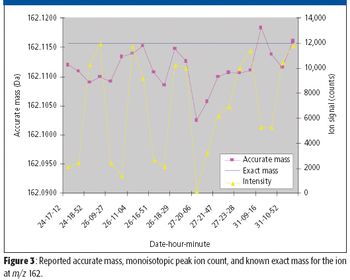
With electron ionization (EI) used in most gas chromatography–mass spectrometry (GC–MS) applications, the molecular ion typically is broken apart into multiple fragment ions during the EI process.

With electron ionization (EI) used in most gas chromatography–mass spectrometry (GC–MS) applications, the molecular ion typically is broken apart into multiple fragment ions during the EI process.

The ability to perform accurate mass measurements in mass spectrometry (MS) for elemental composition determination (ECD, also known as formula identification) provides a powerful tool for assisting in the identification of unknown compounds. Recent advances in data processing methods have demonstrated the ability to obtain mass accuracy in the 5–10 ppm range on routine single- and tandem-quadrupole systems (1,2), sufficient to assist in the formula identification. However, even on more expensive high-resolution systems such as quadrupole time-of-flight (qTOF) or Fourier transform (FT)–MS instruments that are capable of routinely measuring mass accuracy in the 1–3 ppm range, the formula identification is not unique, particularly for higher molecular weight compounds. By calibrating instruments to obtain high spectral accuracy as well as mass accuracy, the ability to unambiguously identify the formula is improved substantially, particularly on low-resolution systems.
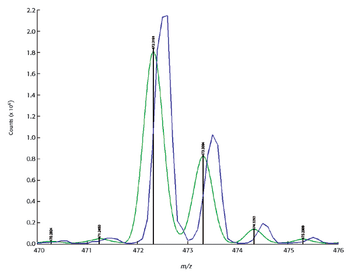
The exploding field of proteomics has highlighted the need to improve the performance of mass spectrometry, both quantitatively and qualitatively. These needs have led instrument manufacturers to produce instruments of increasingly higher quality, but little work has been done to address the fundamental errors inherent in the measurement technique itself. This paper examines these errors and demonstrates that the appropriate mathematical correction of MS data can significantly improve the performance of both low- and high-resolution instruments.
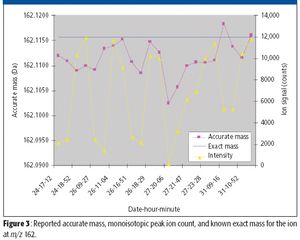
Published: May 1st 2008 | Updated:
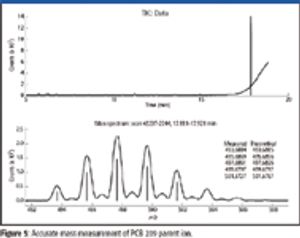
Published: April 1st 2007 | Updated:
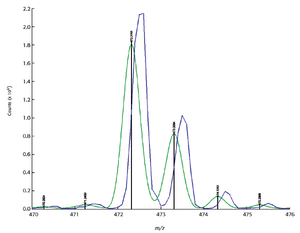
Published: May 2nd 2005 | Updated: